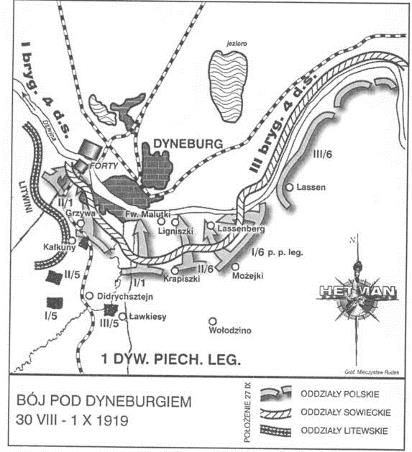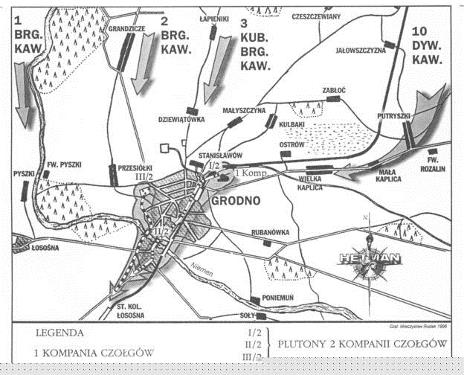

|
A TRIBUTE: General Jozef Haller & The Blue Army
|
|
Home |
|
About General Haller |
|
The Blue Army |
|
Artifacts |
|
Portrait Gallery |
|
The Riflemen's Assoc. |
|
Bibliography |
|
Campaign Maps |
|
Haller's Army Video |
|
Real Audio Clips |
|
Help Build This Page |
|
About Us |

|
THE POLISH 1ST TANK REGIMENT By: Witold J. Lawrynowicz |
|
Part II: Polish 1st Tank Regiment |
|
(*Webmaster's Note - I found this excellent article about Renault Tanks of the First World War on the webpage of Witold J. Lawrynowicz. There are references to the Polish Army in France and to General Haller, so I have included excerpts of the applicable references to the Haller's Army website. My sincerest thanks to Mr. Lawrynowicz, whose site may be viewed at http://www.geocities.com/Vienna/Opera/2211/renaulteng.html) |
|
The 2nd Company of the 1st Battalion was the first unit engaged in the fighting. The 2nd company, with 24 tanks, departed from Lodz on August 19th, 1919, and supported action of the 58th Infantry Regiment of the 14th Wielkopolska Division, against the Bolshevik forces defending Bobrujsk (Bobruysk). Unit was instrumental in breaching the Russian lines and opening way for the infantry attack. On August 28th, 1919 tanks accompanied by the infantry columns entered Bobrujsk to the enthusiastic welcome of the local population. The company was fighting under French Capt. J. Dufour and all officers in the unit were French. After successful action, the tanks were transferred by train north, where the 2nd Company aided the 1st Legion Infantry Division in the storm of the forts of Dyneburg (Dvinsk). Mjr. J. Mare has directed this action personally, sometimes leading his tanks on foot. |

|
Battle of Dyneburg- August 30, 1919 |

|
Battle of Grodno- July 19, 1920 |
|
For the rest of the campaign both companies of the 1st Tank Battalion took part in a series of rear guard actions designed to cover withdrawal of infantry units. |
|
Bibliography †††††††††††††††† †††††††††††††††† †††††††††††††††† †††††††††††††††† †††††††††††††††† †††††††††††††††† †††††††††††††††† †††††††††††††††† †††††††††††††††† †††††††††††††††† A. Antonow, B. Artamonow, B. Korobkow, E. Magidowicz "Czolg", MON Warszawa 1957.
|
|
The 1st Regiment consisted of five tank companies, each of 24 Renault FT in three platoons. Each platoon received three tanks with 37 mm Puteaux guns and two with 8 mm Hotchkiss machine guns. Each company contained one headquarters tank, five replacement tanks, and three tanks in supply-and-recovery section. The regiment also had an organic workshop and transportation sections. The companies were numbered, in accordance with the numbers of Polish infantry divisions in gen. Haller's Polish Army in France ie.: 1, 2, 3, 6 and 7. |